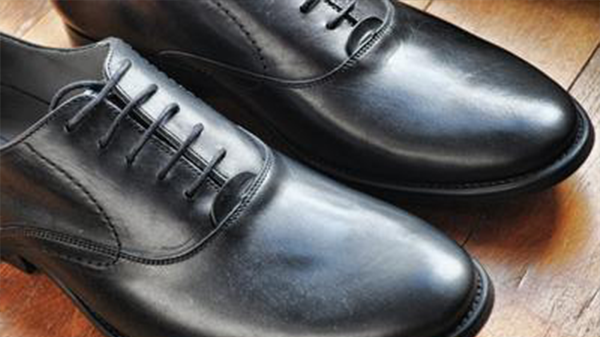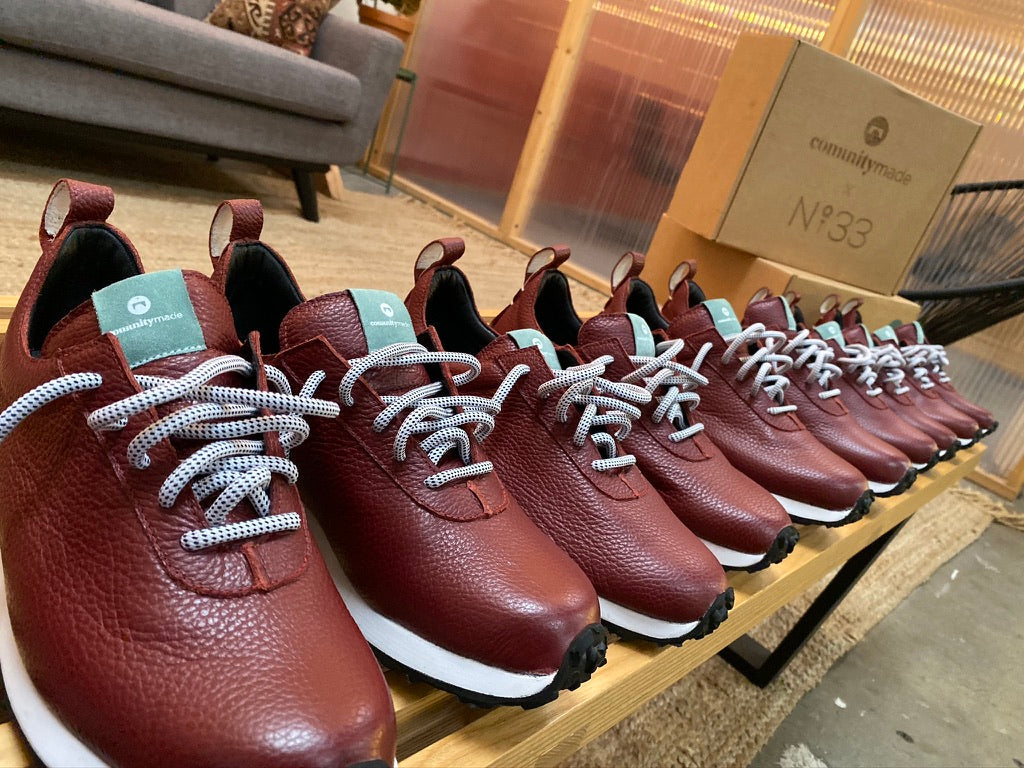
Up until the 18th century, the world of footwear fashion was mostly dictated by men. The height of one's heels represented hierarchy of status, the higher the heel, the more important the person.
If there has been anything that has set humans apart from the rest, surely it's our bipedalism. According to theory, we have evolved as a species to the organisms that we are today. Bipedalism simply means the ability to walk on two feet, something that is rather unique among species. While few others have the ability, humans are by far the most advanced. Today, we are classified as Homo sapiens and our species have been around for nearly 300,000 years. While that is relatively small in the span of the universe, humans have made some rather remarkable discoveries and inventions since we became who we are today. Since we have adapted to walk on two feet, we must have needed protection in some form in order to withstand the diverse and harsh terrain that is seen throughout different parts of the world.

Our oldest known ancestors were ancient hunters and gatherers, meaning they had to work to get their own food. They soon discovered that walking on tough surfaces proved to be somewhat problematic. If they wanted to survive, they had to come up with some solutions that allowed for better protection. Protecting the feet was a matter of high importance as an injury likely meant death as an injury to the foot likely would cause extremely limited mobility. Thus, birthed the invention of what ultimately became the modern day shoe, helping to safeguard our ancestors from starvation or predator attacks.>

Since the beginning of mankind, there has been mention of shoes. Although, researchers speculate that humans began wearing shoes around 40,000 years ago but they have yet to discover what the most primitive of shoes may have looked like. However, in 1991 they discovered what is now considered to be the 2nd oldest shoe known to man. Found in the Otzal Alps, and perhaps the best example of a well constructed, ancient pair of shoes, Otzi the iceman was discovered wearing 5000 year old shoes made from 3 different types of leather. Intricately designed with a separate sole and a woven web of tree twine, they were also insulated with hay. Conversely, the oldest known pair of shoes, commonly known as the Areni-1, was constructed from a single piece of leather and laced together with some crude leather cords. The Areni-1 shoe dates back to around 5500 years ago. Researchers have found it interesting how a few hundred years can produce such advancements in a time where modern day machines and tools had not even been conceptualized yet.

Fast forward a thousand years or so to the footwear worn by Egyptians. While the Egyptian sandals were of relatively simple design, being made from woven reed or leather, the wealthy class still found a way to adorn them; either with things like buckles or jewels. It is said that for nearly half of the recorded history of Egypt, there were no depiction of shoes. It is unclear why suddenly many could be seen wearing these now iconic Egytian sandals. At first, only Pharaohs and clerics were allowed to wear sandals, but eventually members of the free class were allowed to wear certain sandals to distinguish themselves from the slaves. Additionally, the color of your shoe also came to symbolize the social class in which you belonged at the time.

The Romans are also well known for their use of sandals. They are thought to be the first to fit the sandal to the foot. Roman sandals (also known as gladiator sandals) typically came up below the knee and had multiple straps lacing up the boot. These became known as sandal boots. Interestingly, only the Roman emperor was allowed to wear red sandals and the number of straps was used to signify the rank of the soldier who was wearing them; the more straps, and the thinner the sole, the higher the rank. The Romans typically constructed their shoes from papyrus leaves or leather.
During the middle ages, a lot of new footwear trends emerged. The first heel on a shoe was made and typically only worn by men. This is also when the first pointed toe shoes can be seen. The length of the tip eventually evolved to represent social status. During this time, toe length was strictly regulated, for princes the “poulines” were 2.5 feet, but for knights, they had to make do with 1.5. It is also around this time that shoes can be seen with different types of luxurious material such as velvet.

Up until the 18th century, the world of footwear fashion was mostly dictated by men. The height of one's heels represented hierarchy of status, the higher the heel, the more important the person. These shoes were the prototype of the platform shoe. Leading up to the 18th century, the pointed toe was swapped out for a more rounded shoe. It was also during this time that the baroque period emerged, with more embellishments and fancier material being used; things like lace, satin, and silk were now the standard of shoemaking.
The 19th century is mostly to thank for the standard shoe making practices of today. By this time, there were more than 15 techniques developed for handcrafting shoes. Low-rise shoes gained popularity among men, and subsequently women. By now, shoe fashion was mainly being dictated by Hollywood and celebrity figures. Shoe making by hand had flourished in the 18th and 19th century, that is, until the industrial revolution. With the industrial revolution came the practice mass producing shoes as soldiers in the WWI needed shoes quicker than ever. Thus, came the birth of fast fashion.
The problem with that is that fast fashion comes with many consequences. Thankfully, though, there are still some companies out there today that uphold this time-honored tradition. We all know too well how quickly a poorly constructed shoe can fall apart. This is in part due to the consequence of quickly produced shoes being made on a factory machine line. That is why we need to transition back to the old way of making shoes. There is no better luxury than a handmade shoe, crafted just for you!



